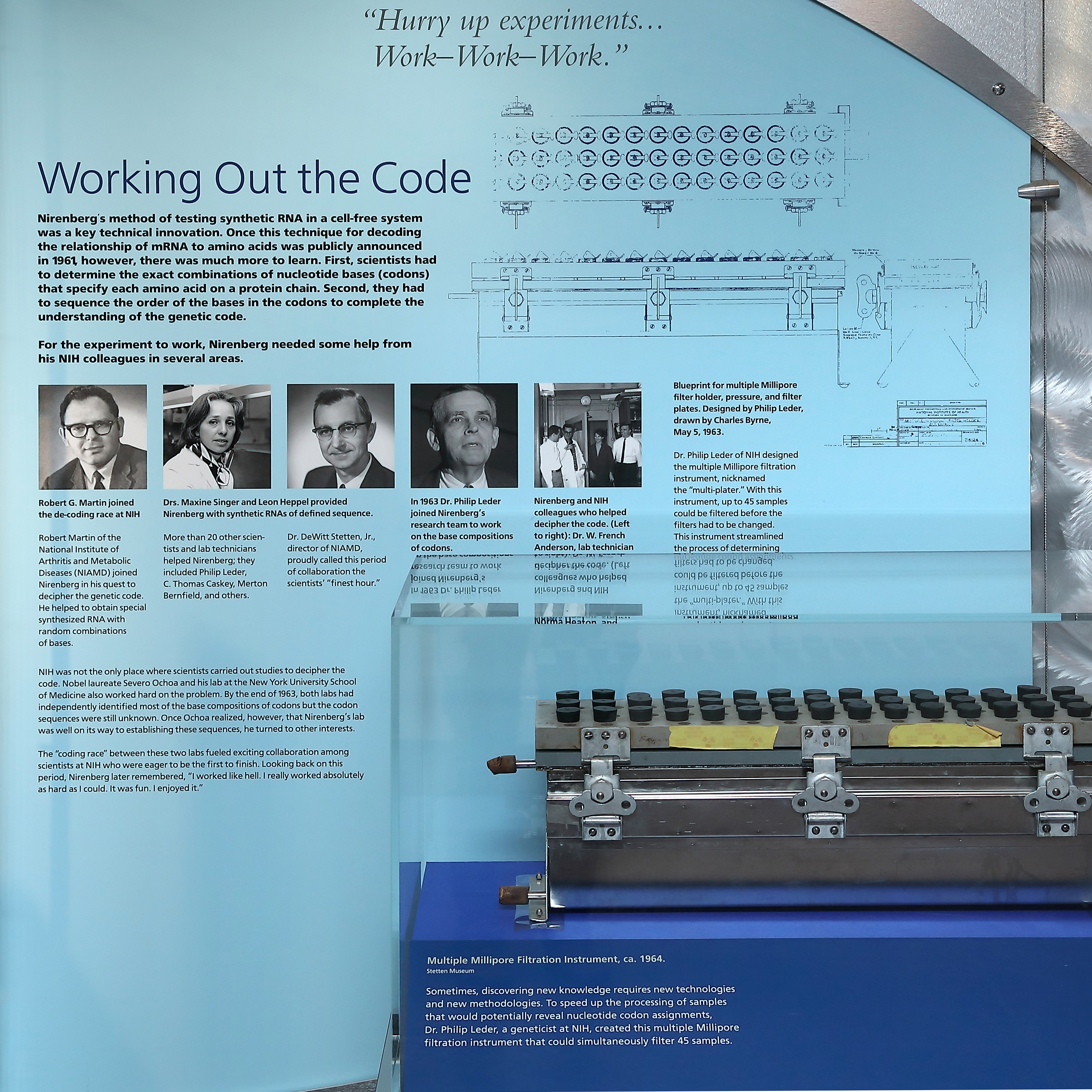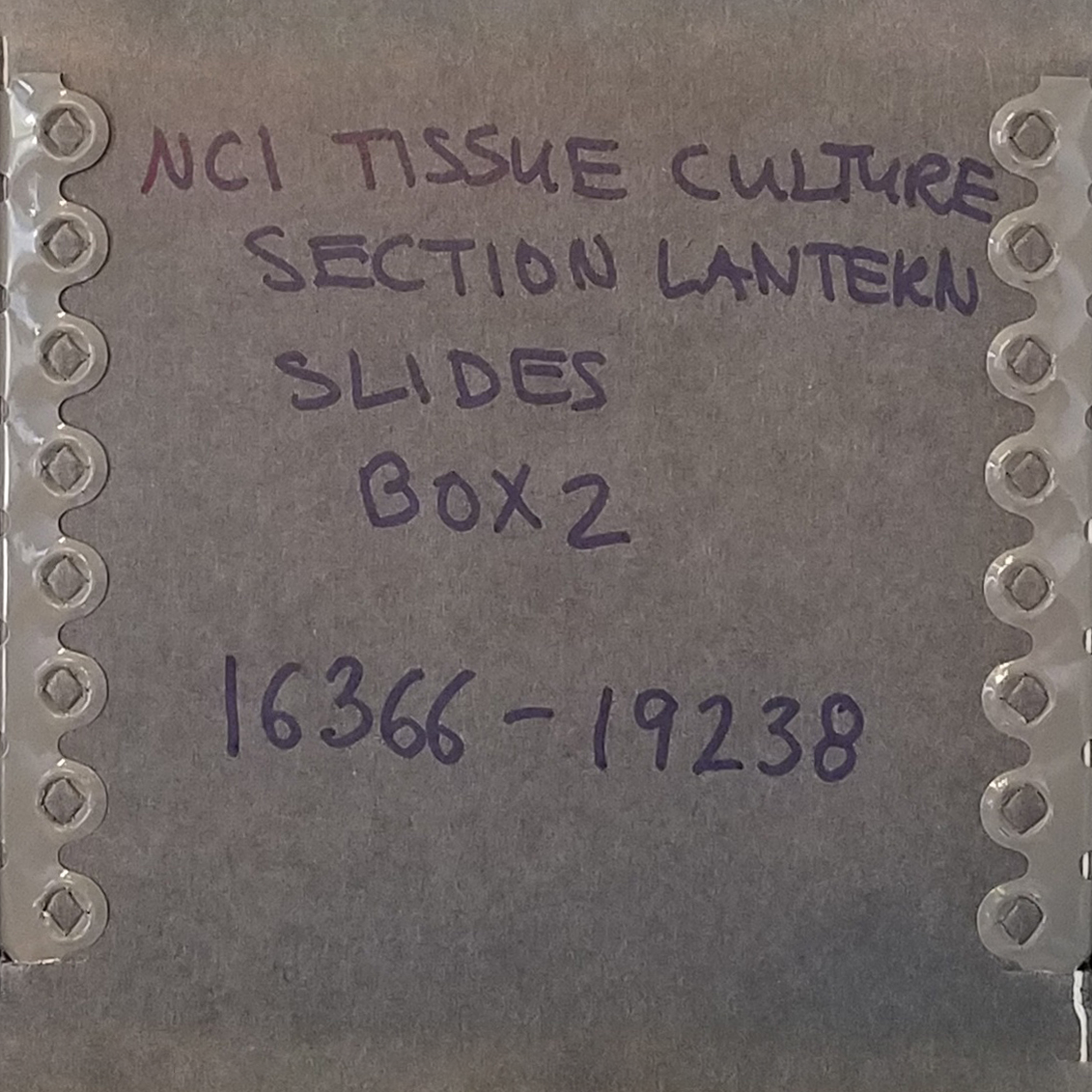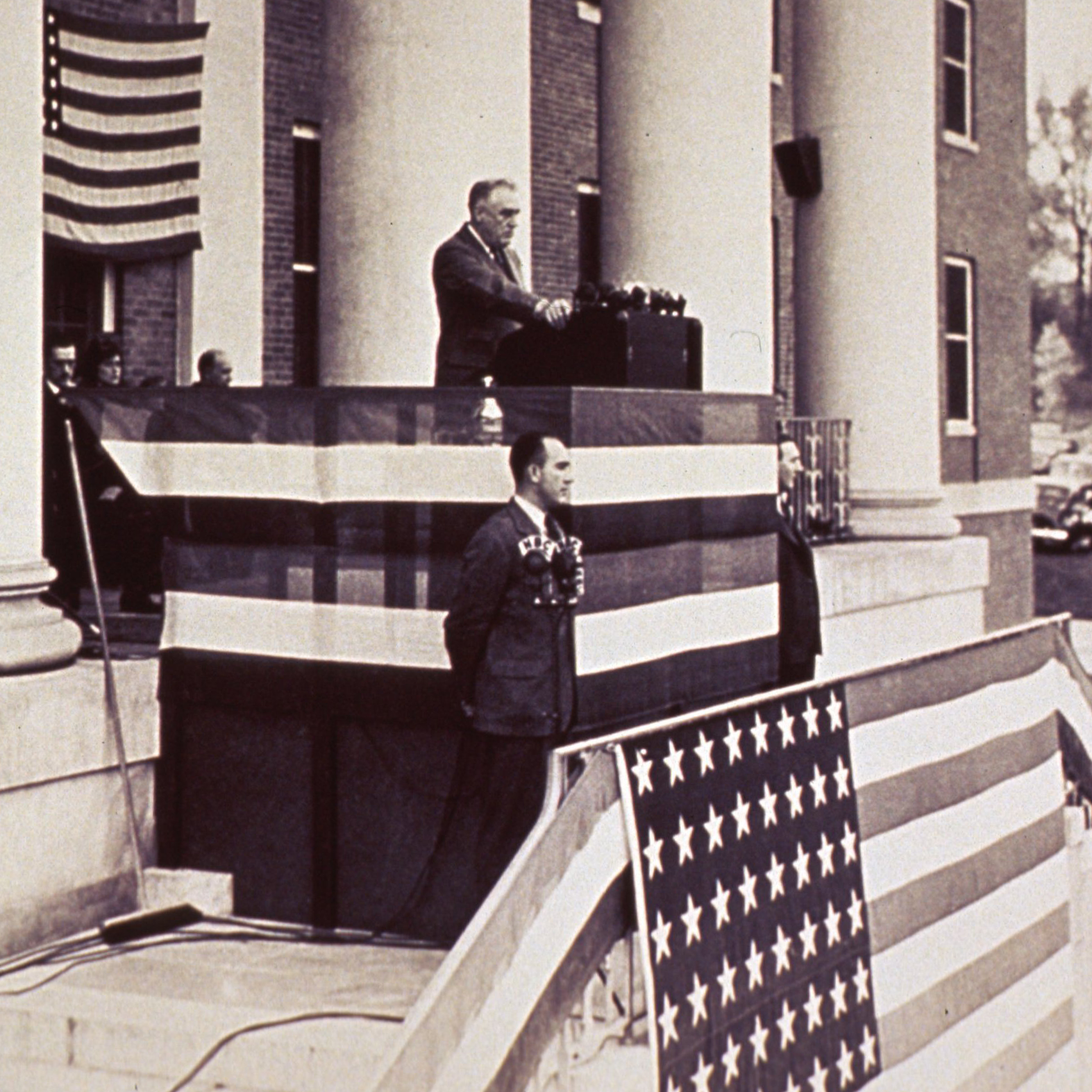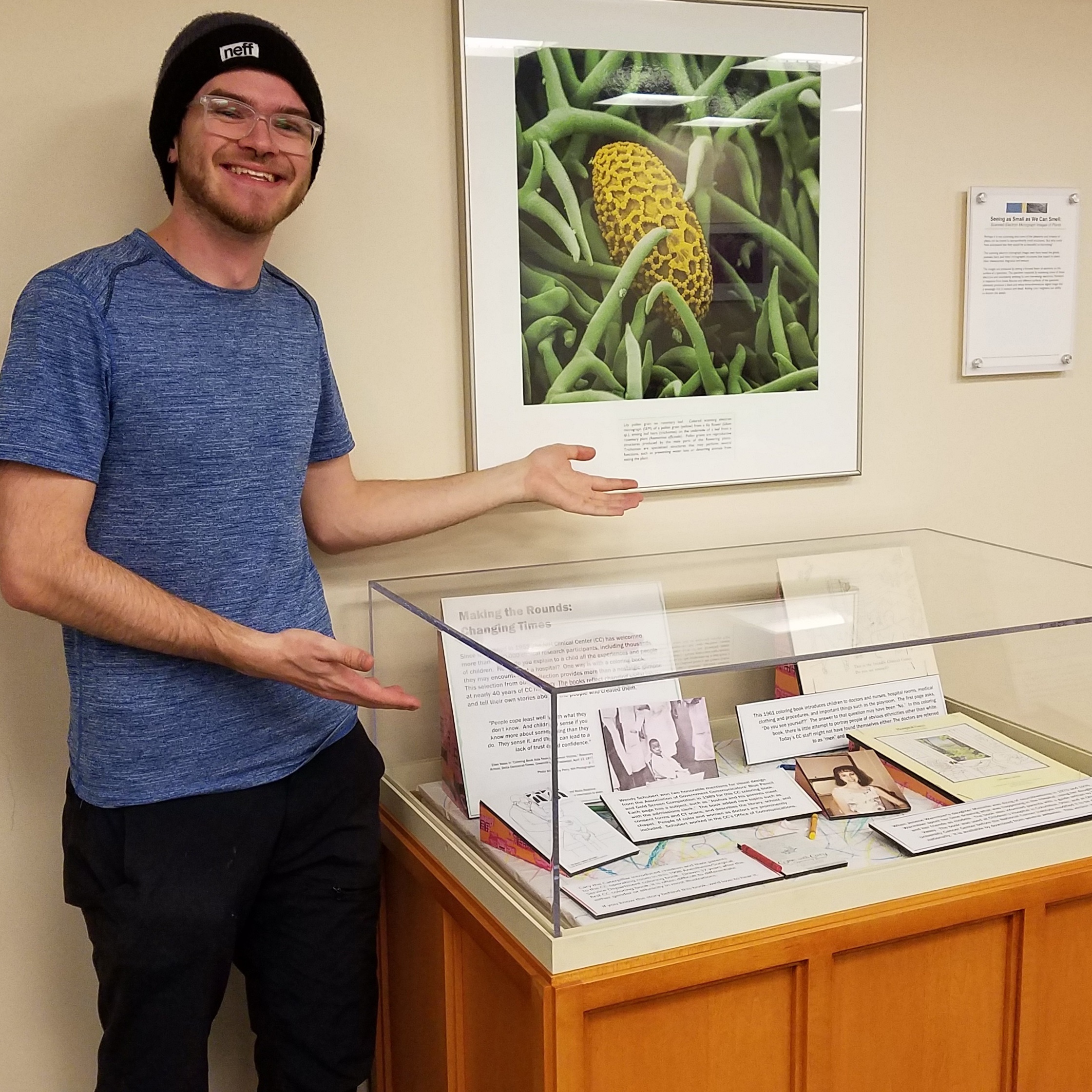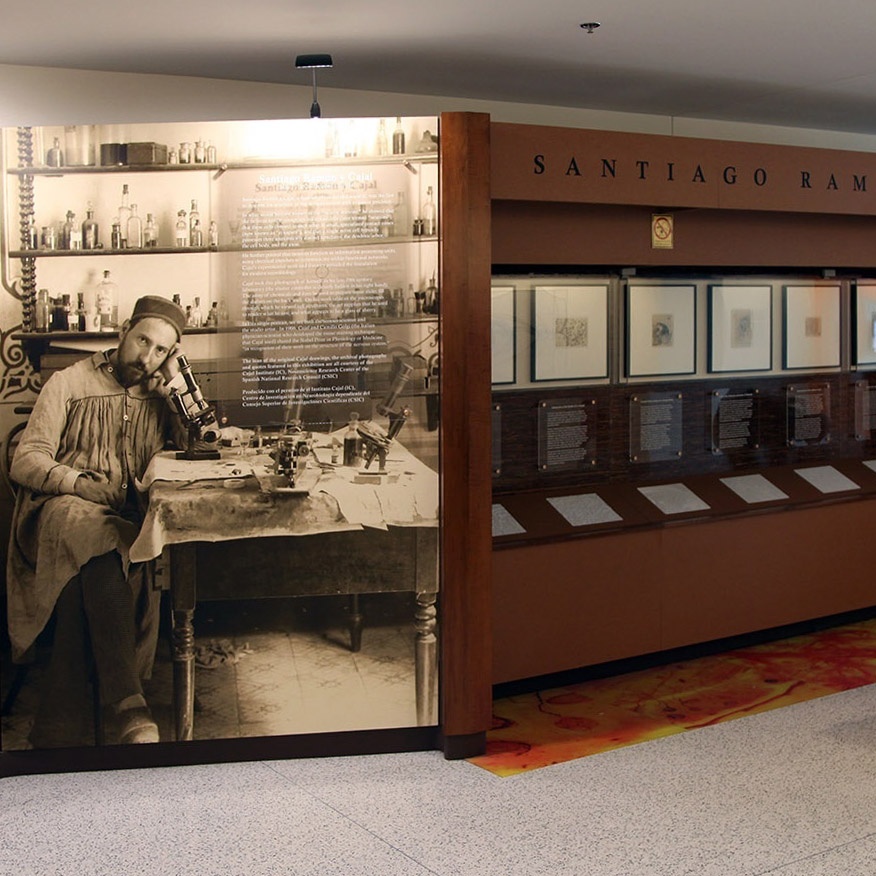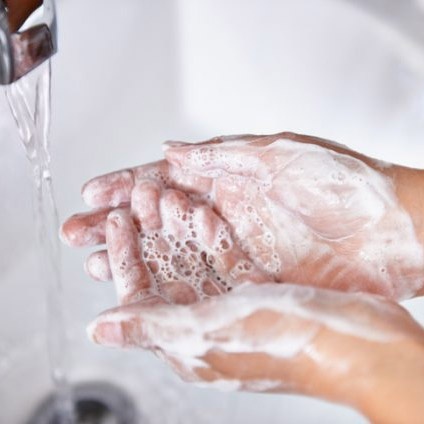Highlights
A Short History of the NIH
How NIH grew from a one-room laboratory to become the largest biomedical research agency in the world.The DeWitt Stetten Jr. Museum of Medical Research, established in 1986, preserves and interprets the material culture of the scientific work of the NIH. In conjunction with the broader Office of NIH History, the Stetten Museum collects biomedical research instruments, photographs, videos, journals, oral histories, and objects related to the general history of the NIH, including architectural artifacts, artwork, and clothing.
The Office of NIH History and Stetten Museum holds many collections: objects, images, and documents, and books. We have over 3,100 objects and thousands of photographs related to NIH history. There are many ways to search our collections.
The Office of NIH History and Stetten Museum was established to increase historical understanding of the National Institutes of Health and biomedical science among NIH staff, scholars, and the general public. The Office serves as a source of information for NIH history by maintaining a subject and biographical ready-reference collection.
New Display Cases in Three Buildings on Campus
Read a comic book about Joseph Goldberger’s work in pellagra in the early 20th century at the Building 1, 3rd-floor case. Be amazed at the variety of Clinical Center patches near the Hospitality Desk on the 1st floor of the Clinical Center. Think about the social context of coloring books from the Clinical Center by its 2nd-floor cafeteria. And salute a leading woman investigator, Dr. Margaret Pittman, in the Building 60 lobby.
Courtesy of the Lednicer Family
We celebrate the life, work, and friendship of Daniel Lednicer, Ph.D., who joined our office as a volunteer in 2006 and actively contributed to our mission until his death last week at the age of 91. He is greatly missed.
Courtesy of the Tabor Family
We are sad to relay news of the passing of Herbert Tabor, M.D., the world's foremost authority on the enzymatic pathways of polyamines, as well as an esteemed editor of the Journal of Biological Chemistry for 40 years and, until his death at age 101, a senior principal investigator in the NIDDK Laboratory of Biochemistry and Genetics, where he had served as lab chief until 1999.


